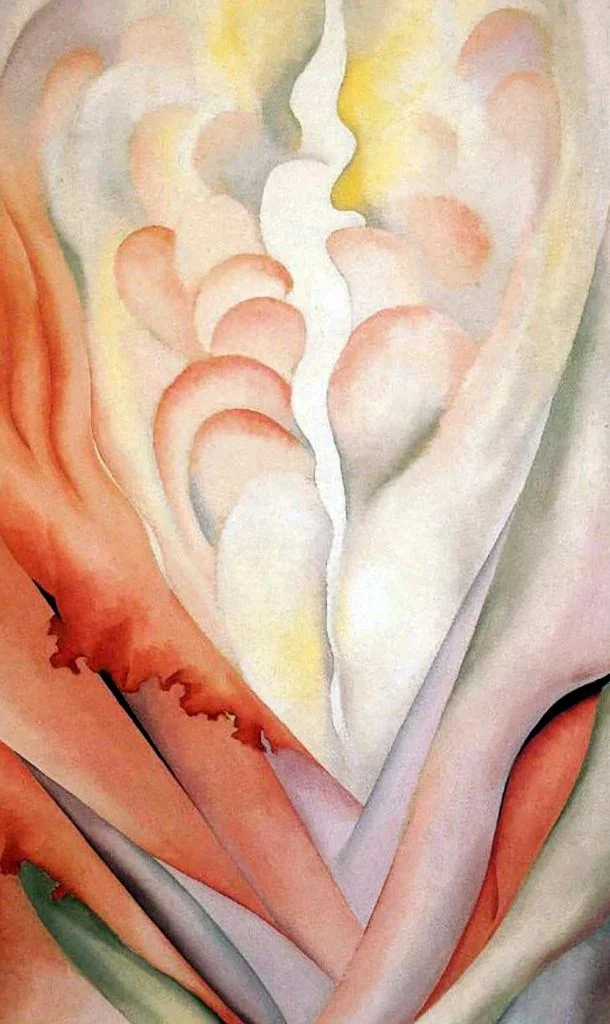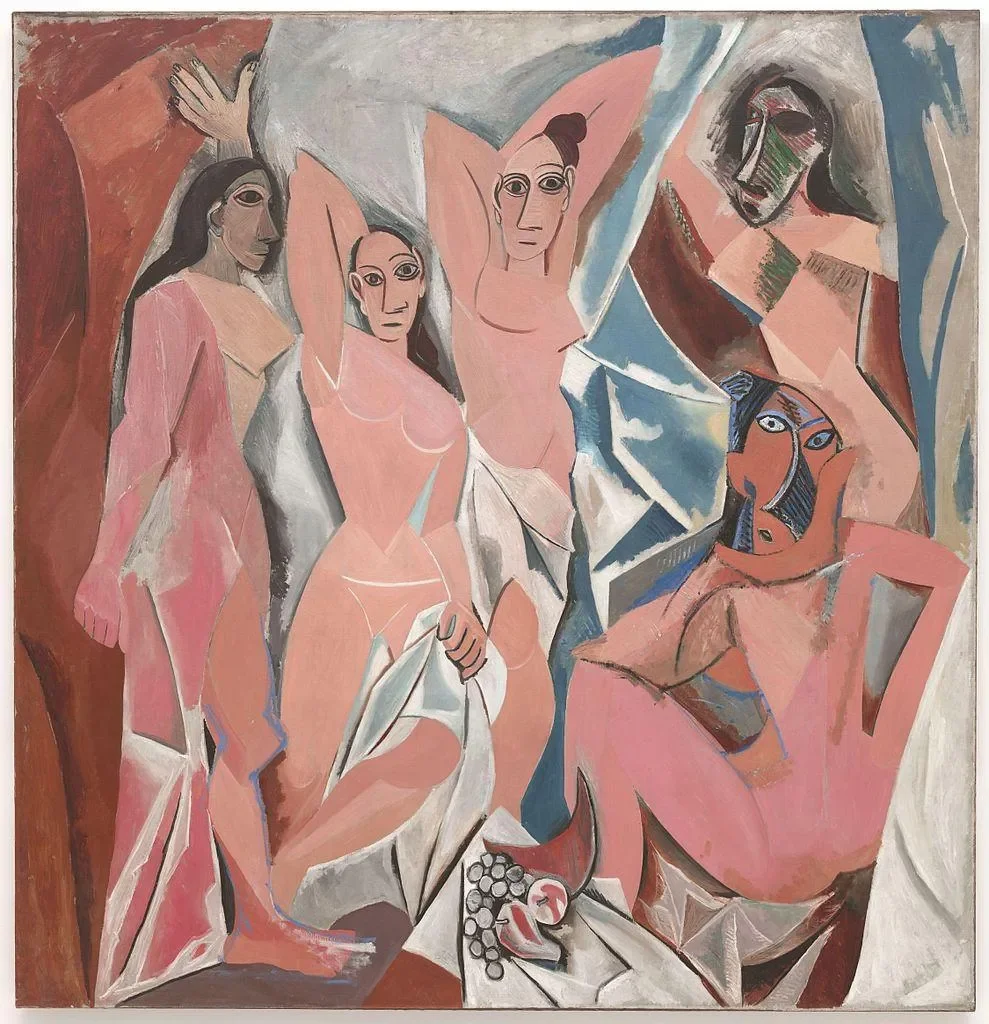Desire as Vital Sign: Sexual Wellness & Women's Health
We live in a culture obsessed with measuring wellness. We track our steps, our sleep, our heart rate, our hydration. We monitor cortisol, count protein, and chase the metrics of health — yet one signal of vitality remains largely unmeasured: desire.
Desire has always been treated as something extra — a luxury, a perk, a function of hormones or romance. But in truth, it’s far more fundamental.
If vitality had a pulse, desire would be one of its strongest rhythms.
Desire has always been treated as something extra — a luxury, a perk, a function of hormones or romance. But in truth, it’s far more fundamental.
Sexual desire is a vital sign — a living indicator of how balanced, nourished, and connected we feel in our bodies and in our lives.
- Art Credit: Georgia O’Keeffe, Flower Abstraction
The Body’s Most Honest Signal
Biologically, desire is information. It reflects the body’s overall state of safety and energy. When we’re chronically stressed, the nervous system enters fight-or-flight mode, rerouting resources away from reproduction and pleasure toward survival. Cortisol spikes, and libido quietly shuts down (women in high chronic stress show lower genital arousal and higher cortisol levels compared to low-stress peers).
In other words: when the body doesn’t feel safe — when it doesn’t feel settled — it doesn’t feel desire.
This isn’t dysfunction; it’s protection. The same way fatigue signals a need for rest or hunger signals a need for nourishment, low desire signals imbalance. It’s the body’s way of asking us to listen.
And when conditions improve — when we rest, connect, and regulate our stress response — desire often returns. One ecological study found bidirectional links between stress and sexual desire: higher stress predicted lower desire, and moments of desire predicted lower subsequent stress (Oxford Academic).
Desire flourishes in environments of balance, trust, and ease — physiologically and emotionally.
Desire as Emotional Intelligence
Beyond biology, desire carries psychological truth. It reveals where we’re in touch with our own vitality and where we’ve gone numb.
Desire tells us when we’re inspired, curious, or connected — and when we’re depleted or distant. It reflects not only the health of our hormones but also the health of our relationships, our boundaries, and our imagination.
In that way, desire is less about sex itself and more about self-awareness. It’s emotional intelligence made physical. When we tune in to what we want — or to what’s missing — we learn something about our needs, our rhythms, and our sense of aliveness.
Desire tells the truth long before we do.
Reclaiming Desire as Health
Current research supports what women have long understood intuitively: sexual wellness is inseparable from overall wellbeing. In one review, changes in women’s sexual health correlated significantly with their psychological and physical health across multiple dimensions (PMC).
Another study found that improving intimacy, communication, and sexual satisfaction contributed to greater feelings of security, tranquility, and general wellbeing (BMC Women’s Health).
Low desire, then, isn’t a flaw — it’s a health cue. It can point to stress, hormonal changes, exhaustion, or disconnection. Addressing it doesn’t mean “fixing” libido; it means rebalancing the ecosystem of your life.
Reclaiming desire as a vital sign reframes pleasure as preventive medicine — one of the most direct ways to track whether we’re thriving or merely functioning.
The Power of Naming It Together
While desire begins in the body, its reclamation often begins in conversation.
When women talk openly about sex and desire — without shame or performance — something profound happens. Stress hormones drop, oxytocin rises, and connection deepens. Research shows that social bonding and honest communication reduce cortisol and increase wellbeing (NatureMed; PMC).
Art Credi: Pablo Picasso, Les Demoiselles d'Avignon
Collective storytelling — the act of saying out loud what has long been hidden — transforms isolation into understanding. Every time one woman speaks honestly, she gives another permission to listen inward. Together, we turn silence into language, and language into healing.
When we learn to listen to our desire — to honor what sparks it and tend to what dims it — we begin to see that this vital sign isn’t something we chase or lose. It’s something we care for. Caring for desire is a path back to balance — to a deeper connection with our bodies, our vitality, and our capacity to feel alive.
JOIN THE CONVERSATION
Claudia Mahler Salon x FLOK NEST
An conversation about sexual desire, pleasure & women’s wellness.
It’s not taboo… it’s data.
Weds. November 19th
6:30 - 7pm


